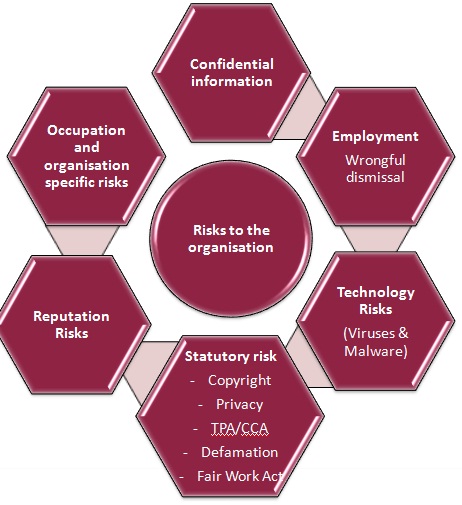The next pattern identified by Tim O’Reilly is Rich User Experiences (RUE). This refers to the heightened experience of users when accessing a collaborative and user-friendly platform with abundant functionalities. The interactive and online nature of platforms with rich user experience characteristics engages users, allowing for ‘heavier’ tasks to be performed and the integration of services.
SkyDesk, by Fuji Xerox, is a prime example of Software as a Service (SaaS), which provides an extremely rich user experience. This cloud service provides an arsenal of collaborative tools, facilitating efficient, innovative and seamless teamwork. Some of the countless services offered by SkyDesk users are:
- Improved collaboration via instant group messaging, integrated email management, team member availability access, document sharing and more!;
- Accessible and intuitive calendar schedules, reminders and event listings;
- Effective customer relationship management achieved by inventory management, sales support and customer support;
- Streamlined report and chart generation from imported data files; &
- The ability to impose strong and specific file restrictions, particularly in regards to user permissions, ensuring only those privy to the information can access it.
All of the facilities are optimised for mobile devices, allowing access and contribution while at home or on the move. SkyDesk content is encrypted, transmitting data by SSL communication, ensuring data and network security measures, as well as 24hour physical security.
I have not signed up to SkyDesk, as I would not be able to fully utilise it in my current position, however I can see the vast array of benefits to organisations implementing this SaaS. Huge improvements in accessibility – due to the cloud nature of the system – interaction and collaboration, information dissemination and potentially greater sales, marketing and feedback due to increased compatible facilities. It seriously looks like a godsend to corporations!
One online collaboration program which I am very familiar with is Google Drive (Docs). This is a fantastic tool for facilitating multiple users in simultaneously contributing to a document. This platform has made my life immeasurably simpler, and university results undoubtedly better, as the alternative (sending updated emails between multiple team members) is extremely complicated and stressful, particularly when trying to ensure all changes are integrated into one document (highly unlikely).
From this, you can see that I’m a huge supporter of online platforms which facilitate teamwork, which is why I think it will be very interesting to see what SkyDesk’s next move is. Perhaps they will target the tertiary education realm, with slightly differing tools to benefit study (flash card system or multiple choice quizzes perhaps) and the different types of assessment pieces (such as speeches). However I imagine that only a free version attainable through DreamSpark would be successful, as I think it would be unlikely that students would pay for discretionary software.
As I am unable to fully exploit this service as an outsider, my take on SkyDesk may not be as insightful as that of users who have dealt with it, so bear that in mind if my discussion lacks a few important components here and there! Have you ever used SkyDesk or a similar program? If you have, I’d love to hear of your experiences and recommendations for platforms which are immaculate examples of RUE.
Thanks for reading :) This is my final post for Web 2.0 Applications – I hope you’ve learned something new and enjoyed my ramblings.
Take care :)







